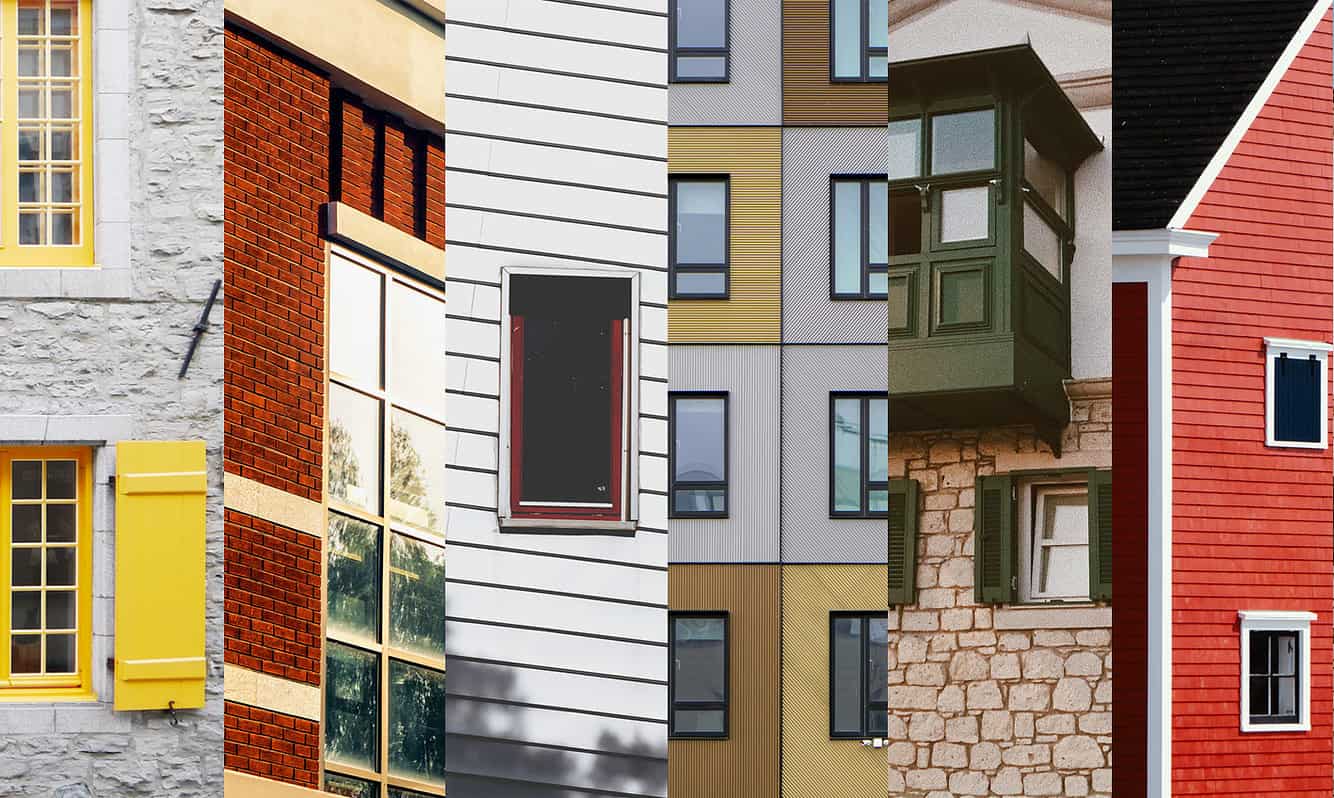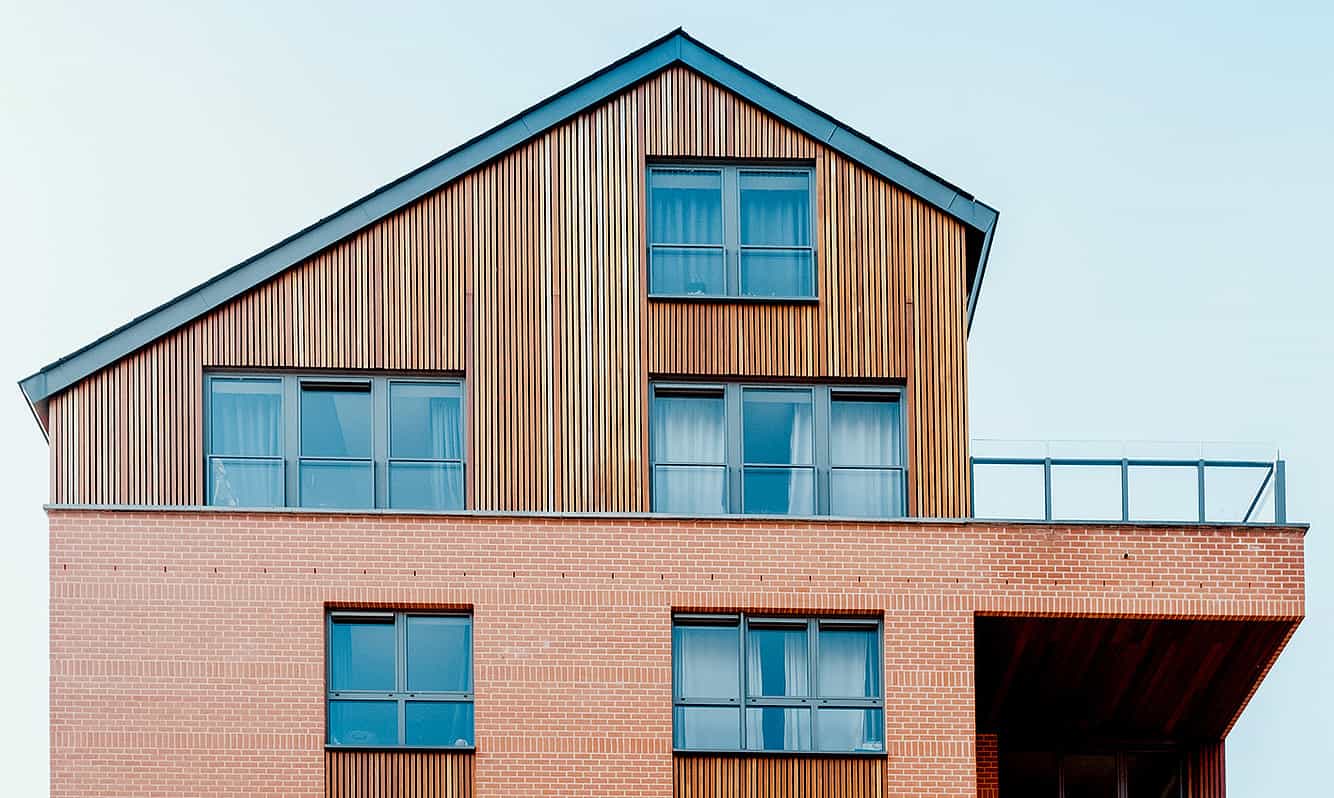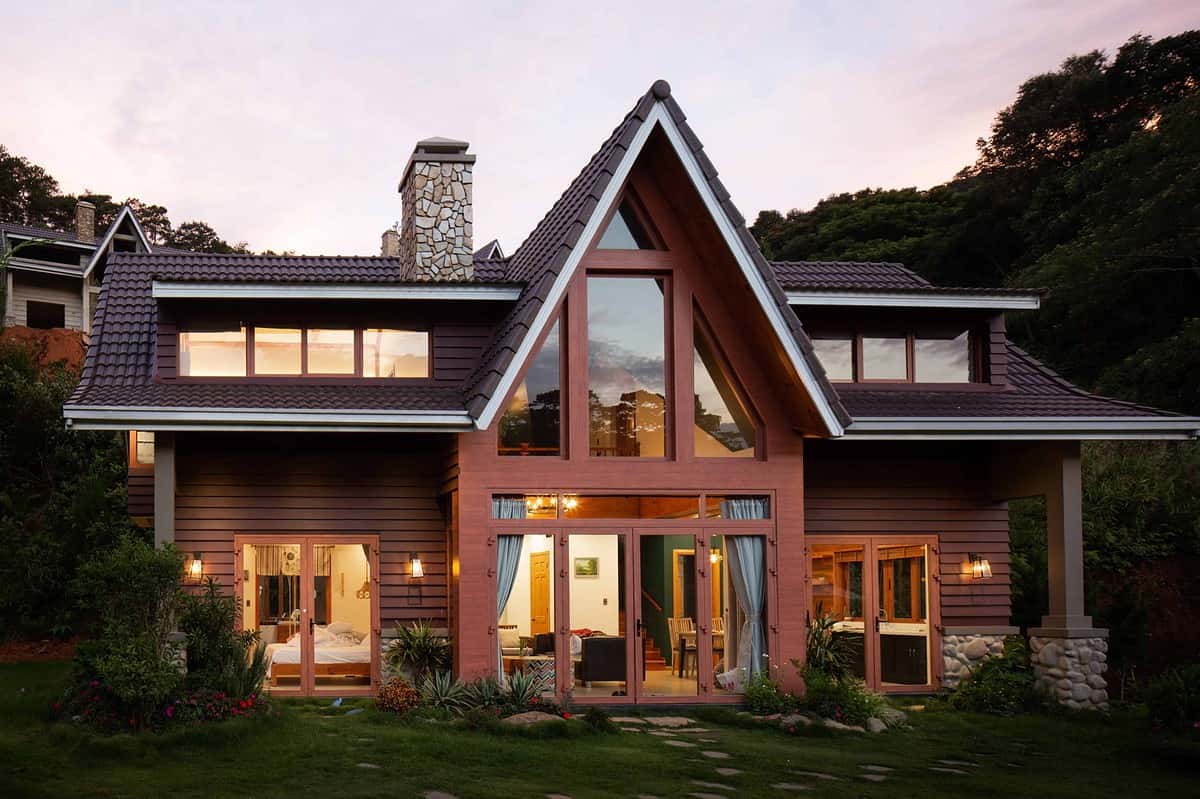No products in the cart.
Home Design
The Pros and Cons of the Most Popular House Siding Types
Designing your custom home is a challenging task, which requires a lot of preparation, hard work, and determination. One of the most important things you need to think about is the right house siding type, which would fit the environment and represent your aesthetic taste. On top of that, every house siding type has its pros and cons, which you need to consider before finalizing house plan design.
Many people choose to purchase house plans online and make individual adjustments to the external cladding based on their needs, taste, and living area. Here are the most popular house siding types and their strengths and weaknesses.
Stone Siding
Stone siding, especially natural, is one of the most expensive materials for exterior application. However, it gives your modern house elegance and splendor. Furthermore, stone siding is exceptionally durable and resistant to elements. These great qualities would definitely increase the value of your house.
Installing stone siding is quite a challenge and you should not try to install it by yourself but instead hire a professional. Also, you might need to spend extra money on building a structural substrate, which would support stone siding. If stone for the whole exterior is too costly, consider using it for the front facade only. As stone cladding looks perfect combined with other materials such as concrete or timber, you should be open to mixing things up when preparing your custom home design.
Vinyl Siding
Vinyl siding is by far the most popular exterior material for houses in the US. It is made from a very durable PVC plastic resin, so it protects the house from different elements. Also, vinyl siding doesn’t rot, warp, rust, and peel making it relatively easy to maintain. On top of that, if you are on a budget, vinyl siding is probably the best option as it is less expensive comparing to stone or wood and quick to install.
As attractive as it may sound, vinyl siding comes with a few flaws as well. First of all, if you want your house exterior to stand out and look luxurious, PVC panels wouldn’t work as they are widely adopted by most of the people in the US. Of course, as PVC panels come in any shape, form, and color, your house designer might find a solution, but with a lot of complications and extra costs. Furthermore, if installed poorly, PVC panels start to leak, becoming sensitive to elements.
Image: Unsplash
Wood Siding
Wood is natural, sustainable, and eco-friendly siding, so if you want to stay connected with nature, it might be the obvious choice. Furthermore, house designers and builders consider wood to be a high-end siding, meaning that it would most likely increase the value of your property. As a natural insulator, wood siding keeps the heat from leaving the house, reducing the bills during frosty winters.
You should not get carried away by the idea of installing wood siding before you consider a few things. First of all, wood is an expensive material, which requires constant maintenance and care. There is also a possibility for the increase in the price of your home insurance as wood can catch fire way easier than other materials. An annual pest-control inspection is another thing that is inevitable if you want to avoid any chances of termite infestation.
Brick Siding
Brick siding is the leading house exterior material for a solid reason. Even despite a quite expensive initial price of installation ($20,000 to $35,000 for an average two-bedroom house), it remains the best cladding option for people who are investing in the long-term. Brick siding usually lasts for at least a century and is resistant to elements, animals, and insects. Such durability is not common among other home cladding options. However, the R-Value of the brick is terrible, so if you are building your custom home in a colder region, make sure you use enough insulation to compensate for this.
Image: Unsplash
Fiber Cement Siding
During the last years, fiber cement siding is becoming a popular choice to install in modern houses due to extreme durability and low cost. On average, the installation of fiber cement siding only costs $12,000, which is way less compared to brick siding. However, the product doesn’t look cheap at all. The texture of quality fiber cement resembles more conservative cladding options such as wood or brick, so you can maintain the classy style of your custom home.
Fiber cement siding has some flaws. The main thing you need to consider is poor insulation, which might become costly, especially in colder areas. Another thing to have in mind is the weight of fiber cement siding. It is almost five times higher compared to vinyl siding and might not be suited for lighter constructions. To avoid any problems, you should consult your house builder and make sure that fiber cement siding is not too heavy for your custom home.
Metal Siding
Metal siding might be the go-to option for people who don’t want to spend too much time on the maintenance of the exterior of their houses. Metal is fireproof, resistant to attacks of insects, withstands the power of elements, and does not absorb moisture. Also, it is quite cheap to install, especially if we are talking about aluminum.
The problem with metal siding is that it dents easily, so any hit, would it be heavy rain or a baseball throw, might damage the exterior of your house. On top of that, if you are living in an area where severe winters are typical, you must prepare to add a second layer of insulator underneath metal cladding as its R-Value is quite poor.





